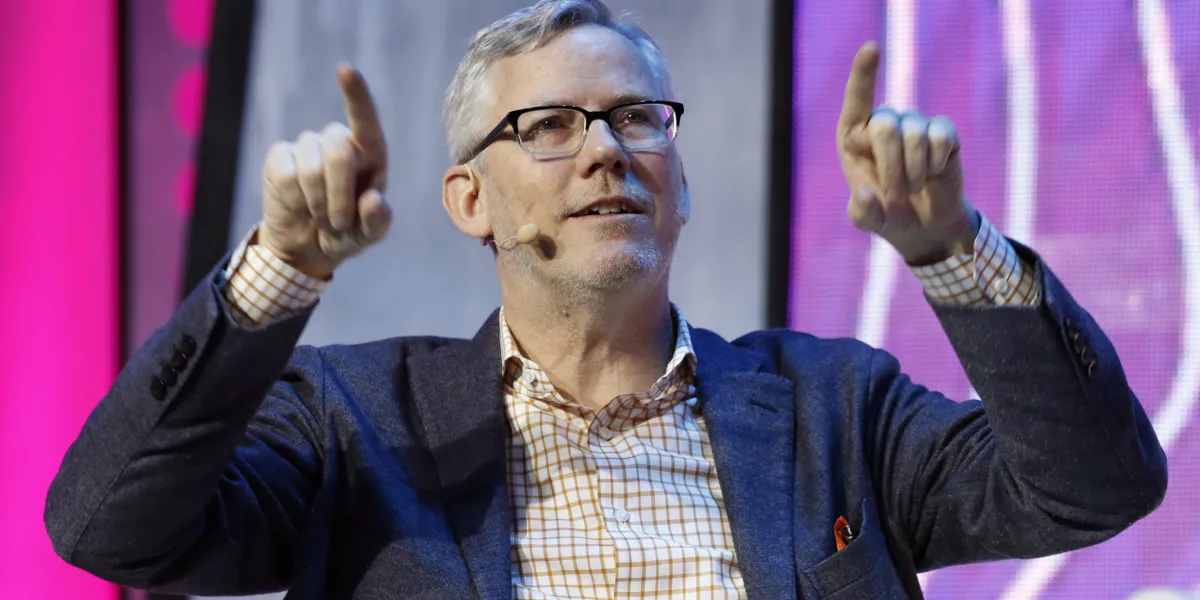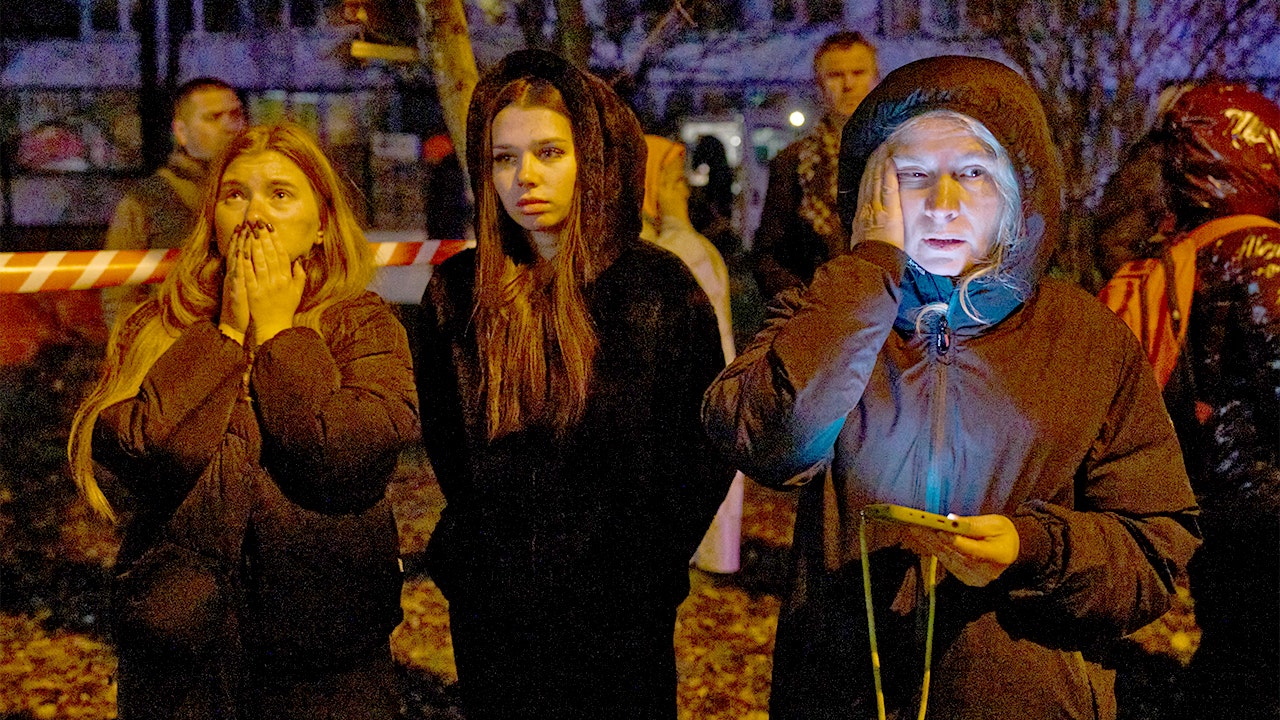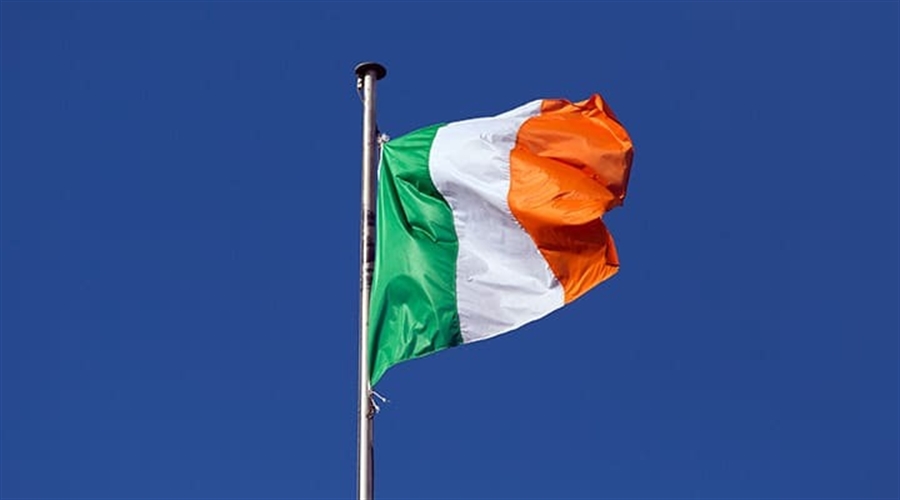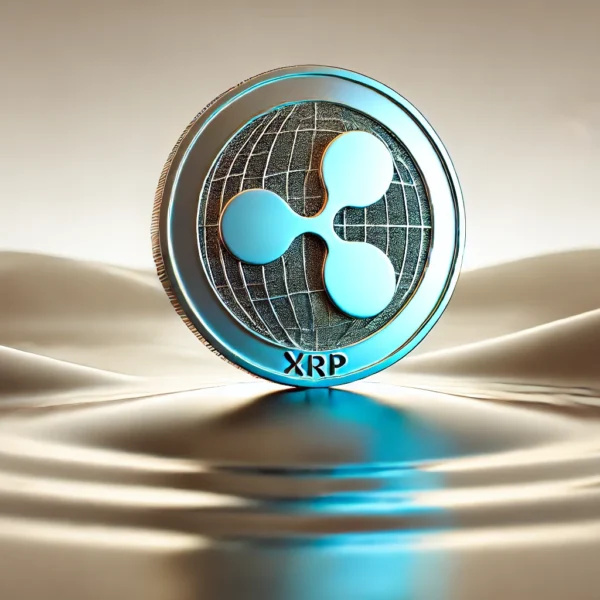
On one hot June day in 1985, a 17-year-old Brian Halligan walked out to a Cape Cod road, scrawled “Saratoga Springs” on a piece of wood, and stuck out his thumb.
He and Eric Olson, a fellow high-school student and his partner in a painting company, had decided to follow a certain band on tour. Their car, a battered Subaru Brat with a broken starter, wasn’t exactly road-trip-proof. So they thumbed rides from the eastern tip of Massachusetts to the Adirondack foothills, camped for a couple of nights near the venue, took in the tunes, and then hitchhiked home.
Halligan didn’t know it yet, but that first show would take him from a curious listener into a full-blown superfan of the Grateful Dead. And throughout his professional life— he became a cofounder and former CEO of HubSpot, which at its peak valuation in late 2024 had a market capitalization of about $38 billion, a partner at Sequoia Capital working with hot AI startups, and a senior lecturer at MIT — he has carried the Dead’s ethos with him.
On Tuesday, he’s releasing a new edition of his book, Marketing Lessons From the Grateful Dead. The book folds together his dual life, Deadhead kid hitchhiking to a concert and the scale-up CEO advising founders burning through growth curves never before seen in tech.
At first glance, it might seem like a bizarre pairing. But Halligan believes the Dead behaved like great founders long before Silicon Valley formalized the playbook. Traditional business-school frameworks? “A lot of this is bullsh–t,” Halligan said.
He should know. In three years, Halligan and his cofounder Dharmesh Shah scaled HubSpot, a software platform for marketing, from revenues of $250,000 to $15 million — during the 2008 financial crisis. And he said he was inspired by the Dead’s experimentation, user feedback and unconventional strategies while building.
Take, for example, the band’s taping culture. Rather than crack down on fans recording shows, as other artists at the time did, the Dead created designated “taper sections,” allowing people to tape multiple nights, pick the best performance and trade copies on campuses.
“That’s how they spread the music,” Halligan said. “Not radio. Not PR. It was the customers doing the work.”
He calls it an early version of “freemium” business models, which is what helped propel HubSpot to success early on as they promoted their free SEO and Twitter tracker for companies.
Or take the Dead’s mail-order ticketing system — “disintermediation before Amazon,” as he puts it. To get the best seats, fans mailed in handwritten index cards, postal money orders, and elaborately decorated envelopes with flowers and busses and mushrooms. Scalpers were cut out entirely.
Fans with the most creativity — not the most money — ended up closest to the stage, Halligan recalled.
Dead concerts were also broadly built around participation: fans showed up in homemade tie-dyes, face paint, wings, capes, mushroom hats, anything that signaled they were part of the scene rather than just spectators. Parking lots functioned as marketplaces, jam sessions, costume parades and social networks all at once.
“Everyone was part of the show,” Halligan said, noting that this ethos came from the band’s early days at Ken Kesey’s Acid Tests, where the expectation was that every attendee contributed to the experience.
Halligan sees a direct parallel to founders, like former Amazon CEO and founder Jeff Bezos, who are “obsessed with their customers” today. Rather than being focused on going to market, and thus choosing slick, revenue-maximizing shortcuts, founders who are deeply interested in their consumers will choose the long, difficult, user-first path.
That sort of humility should also come through your hiring, Halligan advised; your team should be full of people who challenge and frustrate you with their differences, rather than carbon copies of yourself. The Dead’s makeup— players of bluegrass, blues, avant-garde jazz and country—was what Halligan calls “spiky,” not smooth. It’s the same advice he gives founders today: build teams around people who don’t resemble one another.
“The most tempting thing is to hire people just like you,” he said. “But innovation comes from spiky teams, not uniform ones.”
Jerry Garcia as the ultimate CEO
Halligan is not your average music fan. He started out that way: “I kind of liked this stuff,” the CEO remembered of Olson, his friend, blasting tapes from a boombox on job sites.
But by the time Halligan went off to college at the University of Vermont, he was fully immersed. This was Dead country, with cover bands constantly playing and Phish, founded by another UVM deadhead out of the college town of Burlington, coming up through the local scene.
Halligan estimates he saw the Grateful Dead around 40 times while lead Jerry Garcia was alive, and hundreds more shows from various post-Garcia lineups after that.
“I don’t know the number … a lot,” he said.
That teenage obsession never really went away. Today, Halligan owns Wolf, Jerry Garcia’s famous custom guitar, despite not knowing how to play guitar too much. He bought it at auction in 2018 and is very clear about how he sees that role: “I’m not really the owner, I’m the steward,” he said.
He lets serious players use it; John Mayer has played it onstage with Dead & Co.
“I don’t think [Garcia] would have wanted it sitting in my apartment or in a museum.”
Halligan thinks a lot about Garcia; he’s “ran into” his family several times at different events, he said. He sees Garcia, in particular, as having the personality of the perfect “founder.”
Halligan thinks CEOs too often model themselves on the loudest personalities in tech. Garcia, he argues, was the opposite of a front-man CEO: quiet, craft-driven, allergic to theatrics.
“He wore the same black T-shirt. He didn’t care about being a rock star,” Halligan said. “He cared about the music.”
Those traits form the backbone of the framework Halligan now uses to evaluate young, eager, founders, which he calls FLOCK: first-principles, lovable, obsessed, courageous, knowledgeable. By his own measure, Garcia scores “a 10 on all of those.”
Garcia ignored industry convention and built his own systems (first-principles), attracted fiercely loyal followers (lovable), practiced obsessively (“he’d take his guitar into the bathroom”), took huge creative risks like the multimillion-dollar Wall of Sound (courageous), and surrounded himself with wildly different, deeply talented musicians (knowledgeable).
And the cherry on top, for Halligan: the Dead started in Palo Alto, playing pizza joints a few blocks from Stanford.
“They grew out of this beat generation – the psychedelic generation – and they were the original San Francisco, Silicon Valley startup that went through generations and exists today,” Halligan said.















